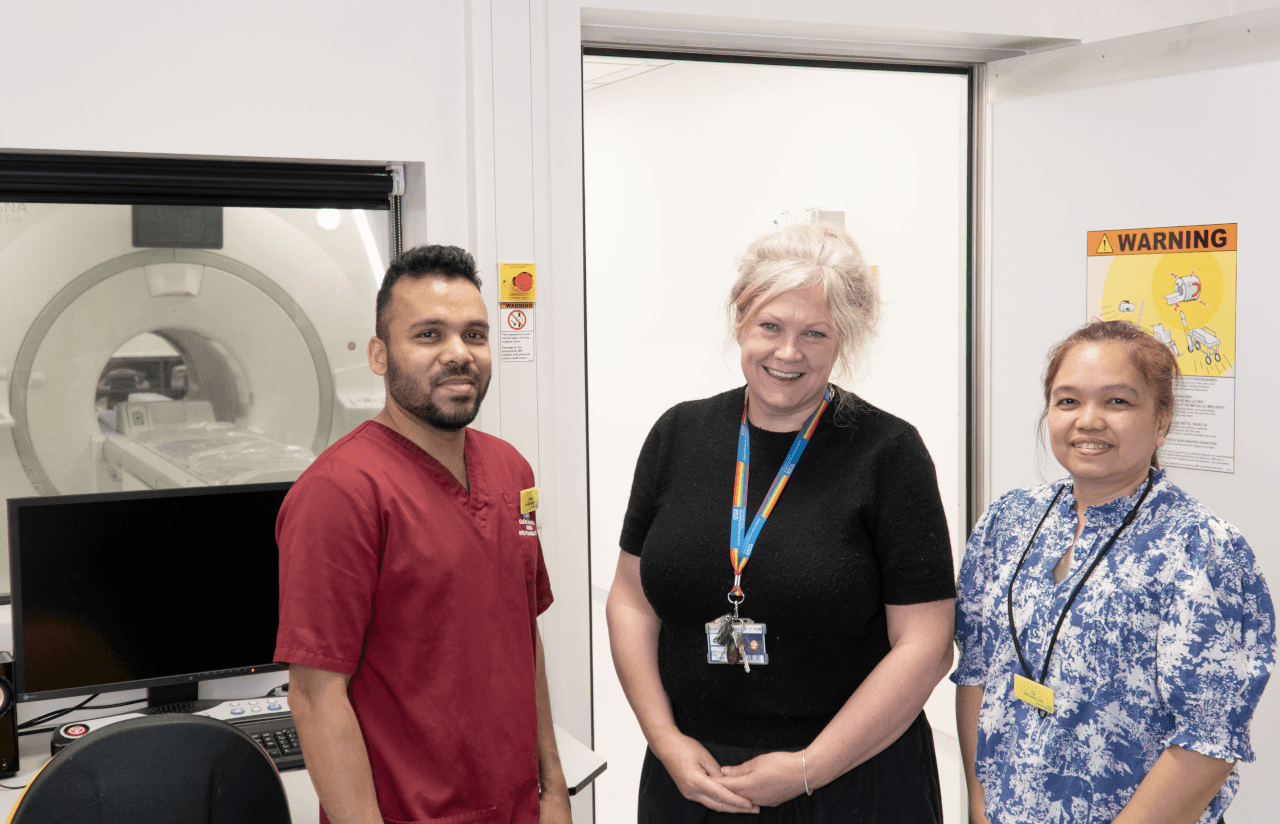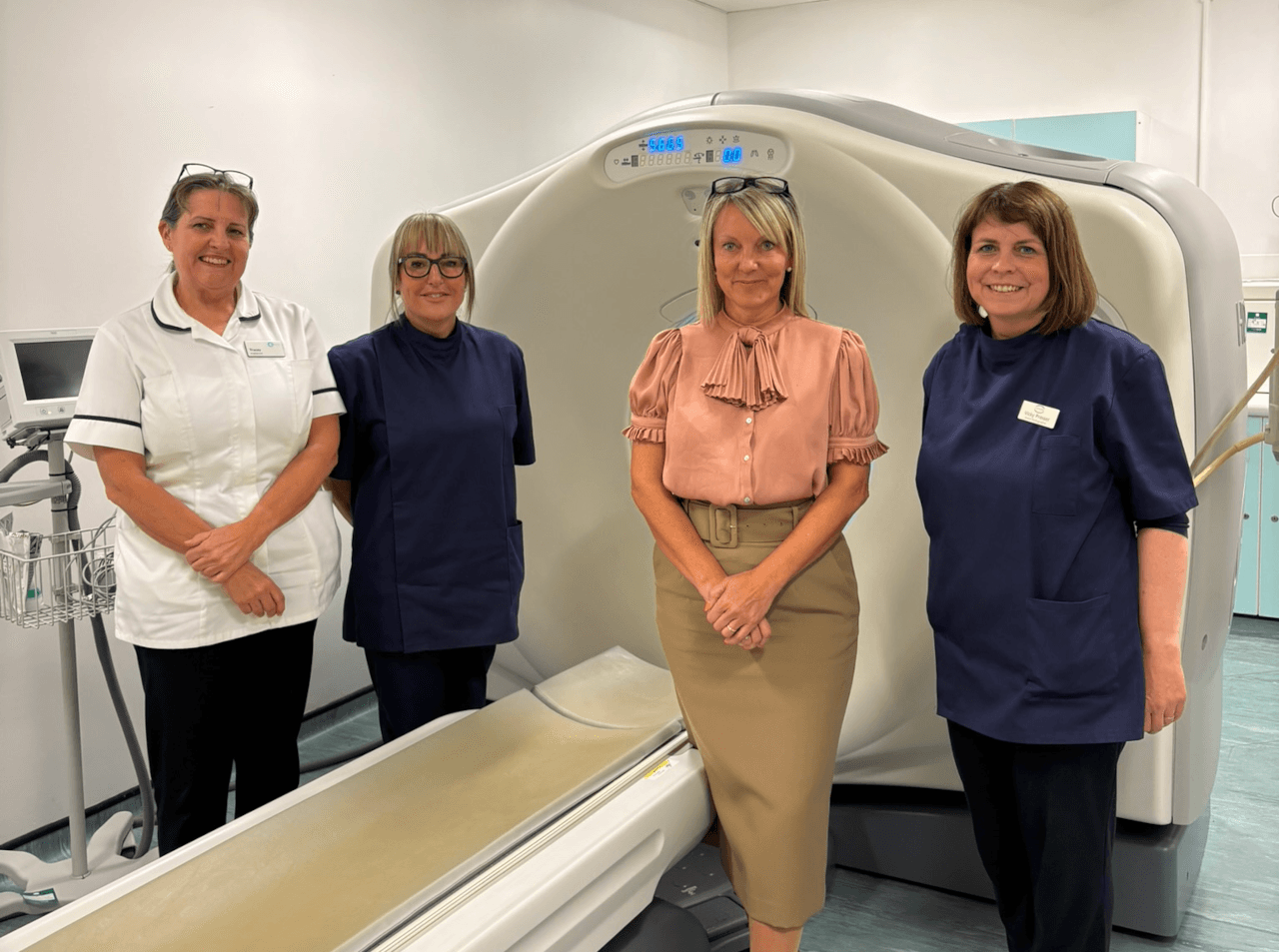Revolutionising lung health: how DEOS and Oxford University Hospitals are transforming early cancer detection
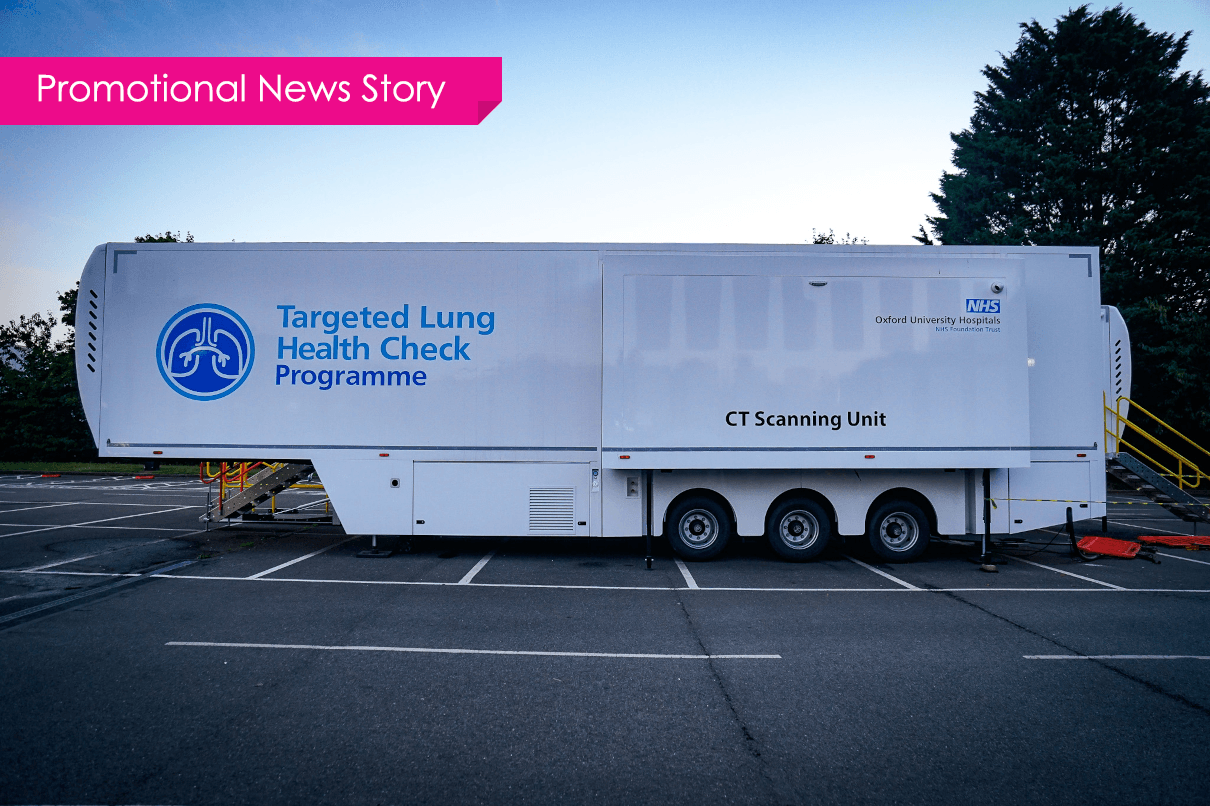
In the rapidly evolving field of healthcare, few advancements have had as significant an impact as the National Targeted Lung Health Check (TLHC) programme, now being rolled out across Oxfordshire.
Spearheaded by Oxford University Hospitals NHS Foundation Trust and supported by innovative technology from DEOS Consultancy Limited, this initiative represents a major leap forward in early cancer detection and patient care.
The need for early detection
Lung cancer remains one of the deadliest forms of cancer, with an alarming 35,000 deaths and 48,000 diagnoses annually in the UK alone. The primary reason for this high mortality rate is the late- stage diagnosis that often renders treatment less effective. Smoking, responsible for 72 per cent of lung cancers, further exacerbates the risk. Early detection, therefore, is not just beneficial but crucial — significantly improving the chances of survival. Currently, 60 per cent of people diagnosed at stage one survives for five years or more, compared to just 4 per cent at stage four.
A targeted approach to lung health
The TLHC programme aims to tackle this issue head-on by offering patients in Oxfordshire a tailored assessment based on their smoking history and other risk factors. Those deemed high risk, aged between 55 and 74, are invited for a comprehensive lung health assessment, often referred to as a ‘MOT for your lungs.’ This assessment, which can include a rapid CT scan of the lungs, takes less than a minute but can provide invaluable information about a patient’s lung health.
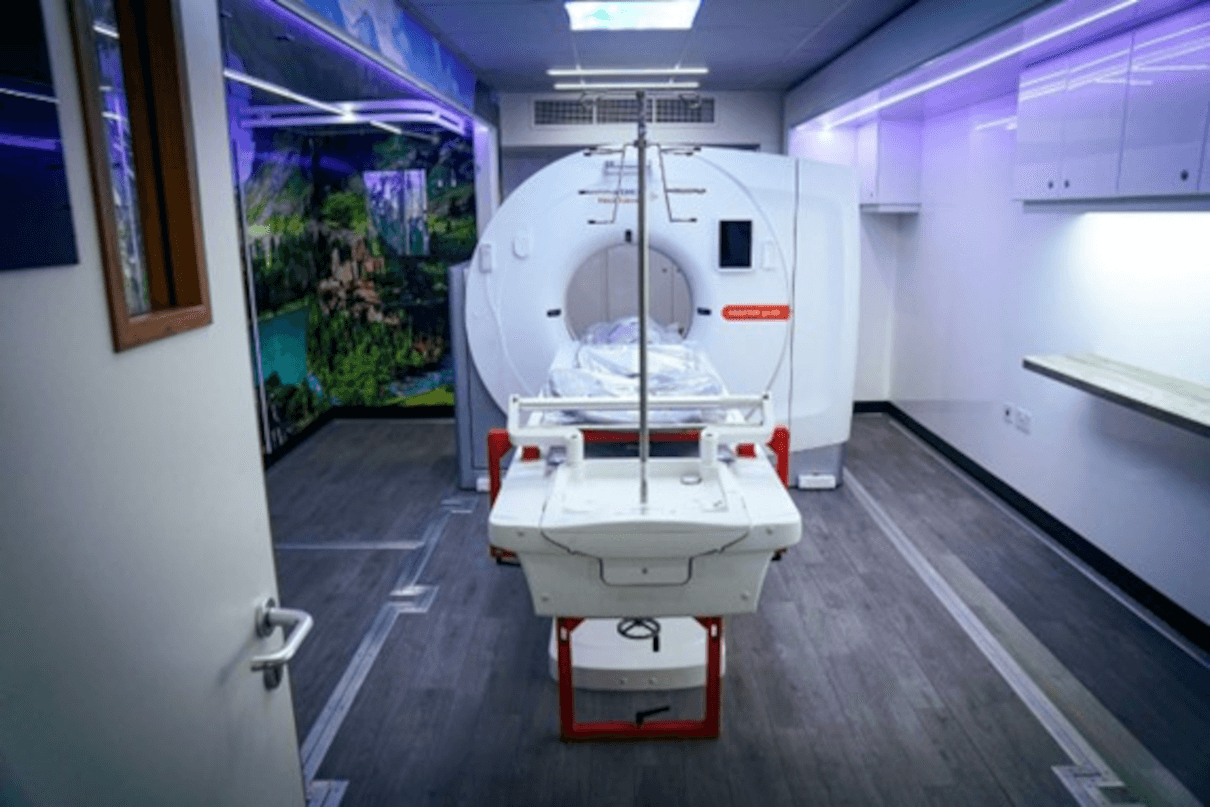 The role of DEOS in transforming healthcare
The role of DEOS in transforming healthcare
In 2023, DEOS was approached to provide a robust, secure, and efficient information transfer service for this groundbreaking programme. Having previously worked with Oxford University Hospitals on image transfer for a temporary screening vehicle, DEOS was well positioned to ensure a smooth transition and seamless integration with the IT and imaging departments.
DEOS’s contribution to the programme cannot be overstated. Their secure and rapid transfer of diagnostic lung CT studies has facilitated quick reporting of scans, eliminating the need for patients to travel to the John Radcliffe Hospital. Since June 2024, over 800 patients in Oxfordshire have benefited from this local service, underscoring the importance of DEOS’s role in the programme’s success.
Pioneering technology for faster, safer results
Over the last four years, DEOS has consistently enhanced its transfer services by partnering with innovative developers who are attuned to the sector’s needs. The evolution of mobile network services — from 3G to the widespread availability of 5G — has presented both challenges and opportunities. DEOS has navigated these changes expertly, optimising network choices to ensure reliable service across diverse rural and urban postcodes.
Security and speed are at the forefront of DEOS’s operations. The average synchronisation time for transferring studies from remotely located vehicles to PACS has been dramatically reduced—from “before 10 am the next day” to “less than 4 minutes per study” between June 2012 and September 2024. This remarkable improvement means that images can be reported without delay, a critical factor in the early detection and treatment of lung cancer.
The human impact
Behind the technology and innovation, the real impact of this programme is felt by the patients. As Liz Gamlen, programme manager for the Oxfordshire Lung Health Check, notes: “DEOS service is looking good; we are provided with great support, and we are very happy with the service throughout.”
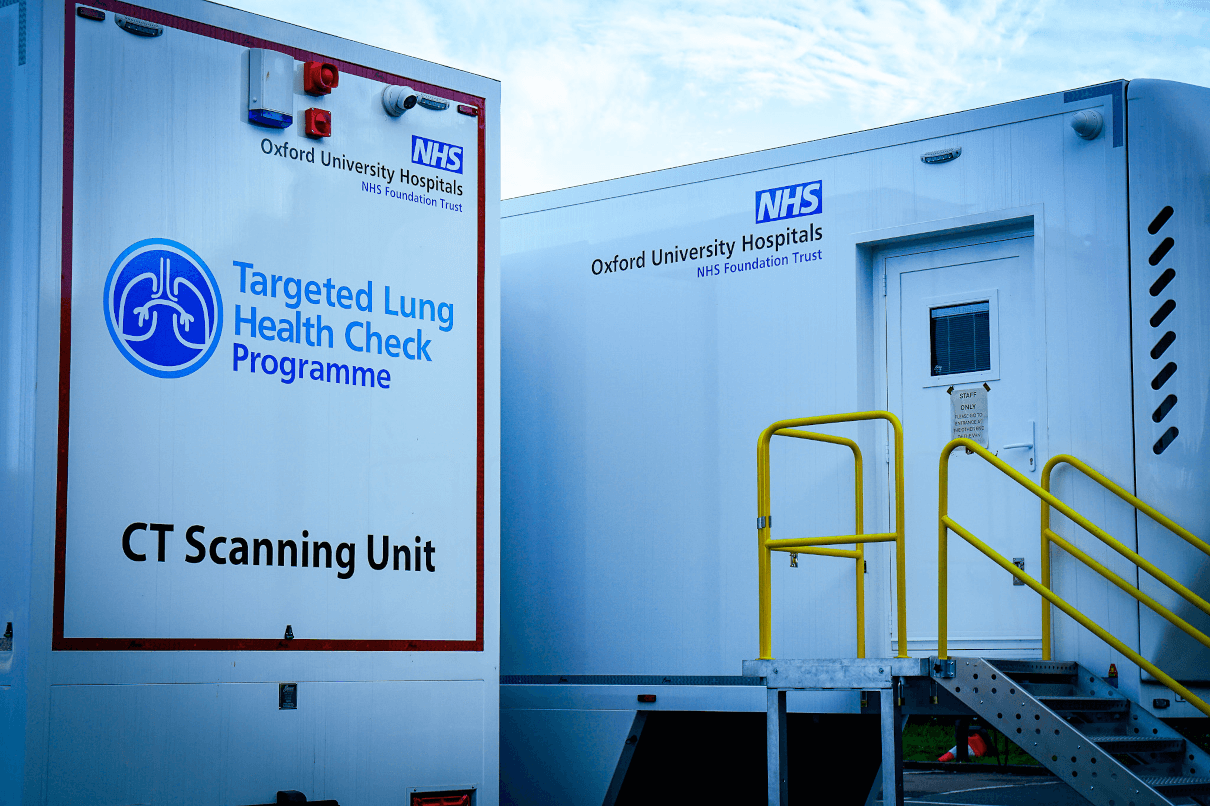 Looking ahead
Looking ahead
As the TLHC programme continues to expand, the partnership between Oxford University Hospitals and DEOS Consultancy Limited will remain central to its success. Together, they are not just advancing technology but saving lives—one lung scan at a time.
For more information on how DEOS is revolutionising image and information transfer in healthcare, visit the website.
This news story has been sponsored by the companies concerned and does not represent the views or opinions of RAD Magazine.
